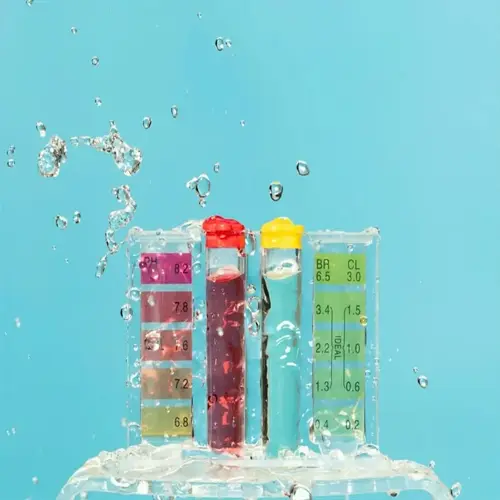Is vinegar safe for rose rust treatment?

Written by
Olivia Mitchell
Reviewed by
Prof. Martin Thorne, Ph.D.Using vinegar for rose rust treatments can cause significant damage to plants and provide no benefit. The acetic acid in vinegar burns the leaf tissues and disrupts the soil's pH balance. With over 20 years of experience in rose growing, I have witnessed the total failure of treatments in controlling rust spores, resulting in permanent scarring on the foliage. This practice must not be permitted to continue.
Vinegar Risks
- Leaf burn: Acetic acid creates brown necrotic spots within 24 hours
- Soil acidification: Lowers pH beyond roses' tolerance (ideal: 6.0-6.5)
- Root damage: Inhibits nutrient uptake causing iron/magnesium deficiencies
- No antifungal action: Provides zero protection against rust spores
Safe pH Modifiers
- Baking soda: 1 tbsp + 1 tsp soap per gallon (pH 7.5-8.0)
- Milk solution: 1:9 dilution raises pH without burning (pH 6.8-7.2)
- Wood ash: Sprinkle lightly around base (use sparingly)
- Limestone: Incorporate into soil pre-planting for long-term balance
Application Protocol
- Test soil pH monthly using probe or test strips
- Apply treatments at dawn when humidity drops below 70%
- Rinse leaves after rain if using alkaline solutions
- Reapply every 10-14 days during active outbreaks
In the event of an accidental application of vinegar, damage must be repaired immediately. Rinse leaves with fresh water for five minutes. Apply calcium-magnesium supplement to neutralize the effect of the acid. Check the soil pH and, if it is below 6.0, apply dolomitic lime. I keep pH test kits available for emergencies.
Acceptable alternatives, such as baking soda sprays, which perform like vinegar, but without danger, can be used. Mix 1 tablespoon of baking soda and 1 teaspoon of liquid soap in 1 gallon of water and apply this every 5 to 7 days during outbreaks. This application further increases the pH of the leaf surfaces to 7.5-8.0, creating an unfavorable environment for the germination of rust spores.
Avoid rust through cultural practices instead of using questionable treatments. Space bushes 3-5 feet apart. Water only at the base of the plant, using soaker hoses. Remove fallen leaves weekly, etc. These methods reduce the risk of infection by 60%. Therefore, there is no need for poisonous products.
Read the full article: Comprehensive Rose Rust Treatment Solutions

